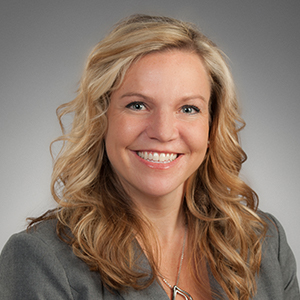Retirement plans 101: How to start (or evaluate) a plan for your nonprofit

A retirement savings plan is a “must-have” benefit for nonprofits to attract top talent. But setting up or changing a plan can be confusing, especially if you don’t have a specialized finance background.
What’s more, executive leaders have a fiduciary responsibility to manage the plan responsibly. If they don’t, they could be held personally liable.
Don’t fret. These hurdles are manageable with a little homework and support. Here’s a crash course in retirement plans for nonprofit and government agency leaders:
Types of retirement plans for nonprofits
Most nonprofits choose a 401(k) or a 403(b) retirement plan for their employees. Traditionally, 401(k) plans were offered to employees of for-profit corporations and 403(b) plans were available to nonprofit workers. But today, some nonprofits can choose either type of plan.
Testing requirements, contribution limits and eligibility vary between 403(b) and 401(k) accounts. For example, employees with a 403(b) can contribute to the plan as soon as they start work. Because 403(b) plans offer “universal availability,” they’re not subject to the same testing requirements as 401(k) plans (like the ADP and top-heavy tests).
A 403(b) plan could be set-up three different ways: as a group annuity contract, an individual annuity contract or a custodial account.
Knowing your plan type and how it’s set up is part of your fiduciary responsibility. Depending on how the account is set up, the fees and disclosure requirements may change. If you know how your plan is set up, you’ll know where to look to review, benchmark and compare information.
Who’s responsible?
Anyone that exercises discretionary authority or discretionary control with respect to the management or administration of the plan is a fiduciary. In terms of retirement plans, fiduciary responsibility covers four main “promises.” A fiduciary is expected to:
- Act solely in the best interest of the participants and their beneficiaries.
- Act for the exclusive purpose of providing benefits to workers participating in the plan and their beneficiaries, and defraying reasonable expenses of the plan.
- Carry out duties with the care, skill, prudence and diligence of a person familiar with such matters.
- Ensure all document provisions are followed.
- Diversify plan investments.
- Understand the responsibilities of the plan’s service providers, and ensure they are completing their duties.
How do I become an expert?
Even if finance isn’t your fiduciaries’ “day job,” they’re still expected to administer their duties with the same skill and care as an expert in the field. Keep that in mind as you fill board openings. Or, consider working with a trusted advisor who can guide you through document reviews and discussions.
Two steps (performed on repeat) go a long way toward fulfilling your fiduciary responsibility: review and compare.
- Review policy statements, plan documents and applications to make sure they are accurate; fees should be disclosed and be reasonable for the services provided.
- Review your investments, contribution rates and participation rates.
- Compare everything to your plan documents and industry benchmarks.
The DOL recommends you review the plan regularly, and ERISA attorneys recommend benchmarking your plan every three years.
Want to learn more?
Get a crash course on everything you need to know about offering a retirement plan to your employees, including the various plan types available to nonprofits/governmental entities and the advantages and disadvantages of each at our National Conference Virtual Training Experience.
Interested in help with retirement plans?
Our associates can help you build a retirement plan that fits your needs today and tomorrow. See our services.




